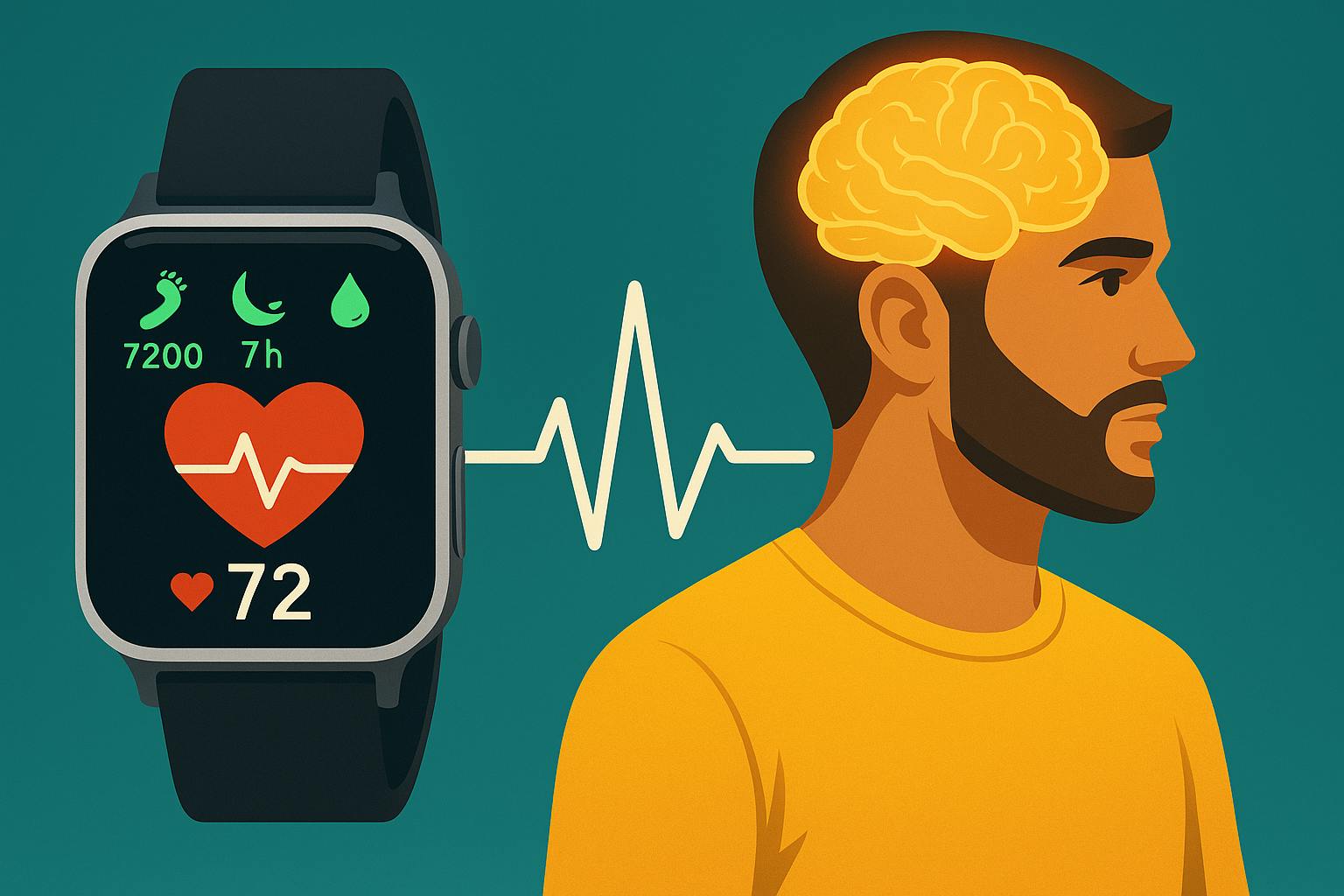How AI-Powered Wearables Are Changing Modern Healthcare

When the earliest fitness trackers hit the market, most people treated them like glorified pedometers. Today, they’re quietly reshaping the foundations of modern medicine.
Wearable devices have evolved well beyond consumer wellness. Paired with artificial intelligence, they’re beginning to offer meaningful insights into long-term health, sometimes before symptoms even emerge. And while this shift is gradual, the consequences for how we detect, monitor, and manage disease are already becoming clear.
A Surge in Capability
Wearables have come a long way from tracking steps and sleep. Devices like the Apple Watch, Oura Ring, and WHOOP now collect continuous streams of biometric data: heart rate variability, blood oxygen saturation, respiratory rate, temperature deviations, and even indicators of stress and fatigue. But the real innovation isn’t in the hardware. It’s in the algorithms.
Artificial intelligence models, many of them using neural networks or ensemble learning, are being trained to recognize subtle patterns across millions of data points. These systems aren’t just summarizing activity; they’re beginning to flag anomalies before humans would notice.
A recent review in Sensors highlighted how AI-powered wearables can support early intervention for cardiovascular conditions by continuously tracking heart-related metrics. In many cases, irregular rhythms or elevated heart rates were detected well before clinical symptoms appeared.
Predictive Insights
One of the most promising breakthroughs in the field comes from AI’s predictive power. Instead of simply reacting to deviations, machine learning models are now anticipating them.
In a Nature Biomedical Engineering study, researchers showed that wearables could detect COVID-19 infection up to three days before the onset of symptoms, with the help of deep learning models analysing physiological signals.
This approach, analysing trends in resting heart rate, sleep efficiency, and temperature, is now being extended to other conditions, including flu, stress-induced fatigue, and even some autoimmune disorders. Beyond acute illness, wearable data is also reshaping how chronic conditions are managed. A 2022 study in npj Digital Medicine showed that AI-integrated monitoring systems significantly reduced hospitalizations in patients with chronic conditions like heart failure, enabling proactive medication adjustments and coordinated remote care.
Mental Health, Monitored Quietly
While the physical health applications of wearables are more widely discussed, AI is also making inroads into mental health, often in surprisingly subtle ways. Changes in sleep patterns, skin temperature, and HRV can serve as indirect indicators of anxiety or depression. Several platforms now use passive biometric data to help clinicians track the progress of mood disorders over time.
A study published in World Psychiatry argued that wearable-assisted monitoring could offer a reliable, real-time window into mental health trends, particularly for individuals reluctant or unable to engage in frequent in-person assessments. While this field is still developing, the promise is clear. AI models trained on passive data could enable earlier, less invasive interventions for those experiencing psychological distress.
Data Ownership Problem
For all the optimism around wearable technology, it raises pressing questions about privacy and data control. Much of the biometric data gathered is highly personal, and when combined with predictive models, it becomes even more sensitive. A recent legal analysis in the Journal of Law and the Biosciences outlines the privacy challenges of wearable health tech, particularly around data ownership, consent fatigue, and third-party access.
Some companies are starting to address these concerns through federated learning, a method where AI is trained locally on-device without transferring personal data to central servers. But the regulatory frameworks still lag far behind the pace of technological development.
A Quiet Shift in the Healthcare Model
At the system level, wearables are gently nudging healthcare toward a new model. One where prevention and early detection become foundational, rather than aspirational. Healthcare providers are experimenting with using patient-generated data from wearables as part of electronic health records. Insurers are exploring new models that reward members for consistent use of health-tracking tools. And employers are starting to offer AI-enhanced wellness platforms that detect signs of burnout or fatigue before they lead to absenteeism.
McKinsey reports that digital health ecosystems, especially those involving proactive monitoring, can significantly reduce healthcare costs. These savings are most significant in chronic disease management, where early intervention and remote support reduce the need for emergency care or hospital admissions.
Closing Thoughts
Wearables won’t replace doctors. AI won’t solve every diagnostic challenge. But together, they’re making healthcare more continuous, more contextual, more personal. We may still be in the early stages of this transformation. But for many users already tracking their sleep, heart rate, or recovery in real-time, the future of healthcare doesn’t start in the clinic. It starts on their wrist.